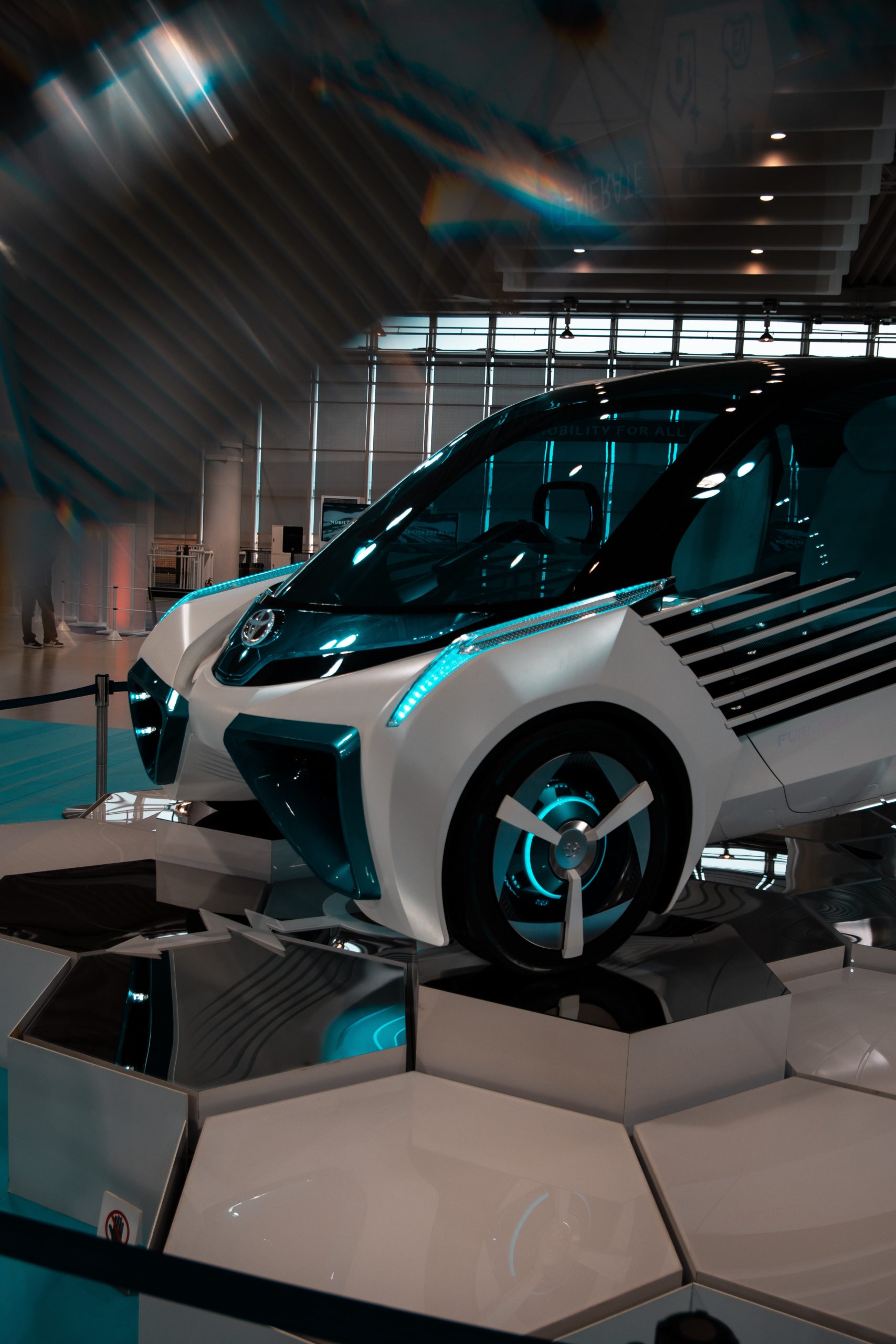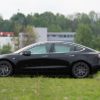
How do electric cars work? Cars are a hot topic in the world of science and technology. From the introduction of the internal combustion engine to more sophisticated diesel engines, electric motors have been an important part of the progress and development of vehicles in many ways. Electric cars, and in particular, electric car batteries, are becoming increasingly popular due to the numerous advantages they offer.
Electric cars feature all the characteristics of internal combustion engines, but with no smoke or exhaust and a much smaller carbon footprint. Another obvious advantage is the zero emission. These features are often overlooked when considering any type of vehicle that runs on electricity.

Using a small power source, such as an electric car, for power will save the driver money, not to mention time. There are two basic types of electric car, one with a battery and the other with a motor. A more complex version that uses both is the hybrid. Unlike internal combustion engines that run on gas or other combustible fuel, electric cars run purely on electricity.
How Electric Cars Work
Once the electric car has a charge, it will not need to be recharged because it does not use the same resources to operate. Unlike traditional vehicles, there is no energy needed to create heat or wear out the transmission gears. Also, there is no need to have a bulky gas tank or emissions system. This makes it easier to haul heavy loads.
It is important to keep in mind that while the electric car is powered by batteries, some of the energy is lost during charging. The amount depends on the car model, type and usage. In most cases, the charging process is automated using software programs. In addition, hybrid models have some rechargeable batteries that can be charged while the car is moving.
Electric Cars
In terms of safety, electric car comes with a number of advantages. For one thing, they do not get oil leaks, but they do require care and attention while driving. The batteries will get damaged if not looked after or if abused. Cleaning the battery regularly will keep it in top condition and help to extend its life.
With the regular maintenance, the electrical systems will stay in good shape. The batteries and the controls and gauges will be in good condition as well. These cars are equipped with numerous safety features to ensure maximum safety of the occupants and the car.
In terms of fuel efficiency, it is quite impressive when the electric car is compared to an internal combustion engine. Not only that, but the cars are more powerful. An engine that runs on gas has to fight against gravity while powering the car. On the other hand, the electric engine is more efficient and can also help to reduce fuel consumption by up to 5%.
Know More: How Electric Cars Work
The battery-powered electric car does not need to worry about many of the components that have to work in harmony. You will have a much more powerful car, and it will be able to carry heavier loads. This is due to the reduction in the weight of the electric car. As it runs without gas, it will be easier to tow heavy loads.
The cost of the cars is also lower than other types of cars. The reason for this is that it uses less gas and produces fewer emissions. The system also costs less to operate, so the price is more affordable to everyone. Many people prefer it to the gas-powered car because of its durability and fuel efficiency.

Bottom Line
With a dual electric motor setup, the electric car offers the best performance out of any car on the market. The solution to the question of how electric cars work is a dual motor setup. The electrical system provides torque and power while the electric motor drives the car.
While the answer to how electric cars work is a subject of great interest to most, but if we have learned anything in the past few years, it is that they are here to stay. Perhaps it is about time that we look at this new form of transportation seriously. and consider our options carefully.





